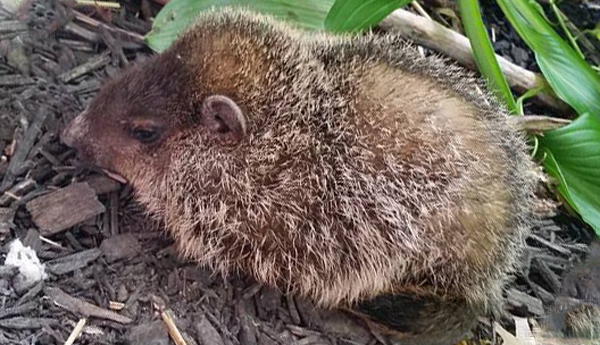- info@wildlife-removal.com
Call us for help in your town
Wildlife Removal Education
Why Groundhogs Dig
Need groundhogs removal in your hometown? We service over 500 USA locations! Click here to hire us in your town and check prices - updated for year 2020.
There are many animals that have seen adaptations in their genetic make up down through the generations that allow them to focus on a particular type of survival, and for the groundhogs evolution has made them into excellent diggers. There are a whole range of reasons why the groundhogs choose to dig, but the result is that in a small number of cases, those groundhogs go on to be a pest to gardeners and homeowners. However, this trait also makes it more difficult to prevent groundhogs from getting into your yard or garden, as they can simply dig a tunnel to get beneath the majority of garden fences.

The Burrows Dug By Groundhogs
While groundhogs can be a hugely frustrating creature to deal with, it is often difficult not to be impressed with their ambition as they prepare their burrows, with more chambers in some burrows than you will find in the average family home. Groundhogs are also very safety conscious, so while they may have many chambers, they will also have several different exit points that they can use if threatened. Like any ambitious homeowner looking for improvements, the tunnels dug within the burrow are frequently being added to or expanded by the animals.
The Different Chambers Of The Groundhog Burrow
Different parts of the burrow can be used for different purposes, and one of the most important chambers in the burrow is the latrine chamber, which as it suggests is where the groundhogs defecate and urinate, away from the rest of the burrow. There is also a sleeping chamber which doubles as a nesting chamber if a female has a brood of young groundhogs, which doubles as a love nest prior during mating season. When young groundhogs start to branch out and consider finding their own territory, they will often dig practice burrows from the tunnels of their parents' burrow.
Winter Burrows For Hibernation
Unlike some species that only go into a slower mode during the winter, groundhogs are genuine hibernating animals that will sleep for several months, and during this period they will need a burrow that will remain warm enough through the winter. This will often mean that some groundhogs dig an extra winter burrow which they will use for hibernation, and then when the spring season arrives they will then look to either move back into their previous burrow or dig a brand new one in a nearby location.
Go back to the Groundhog Removal page.


















